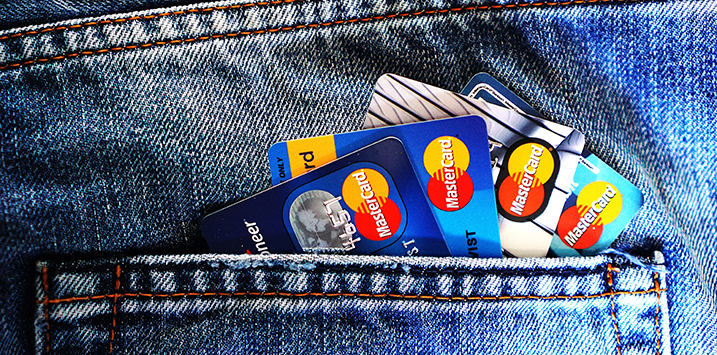
Why Polen Capital expect mid to high-teens EPS growth from Mastercard
Mastercard (NYSE:MA) is the second largest processor of debit and credit transactions globally behind Visa. It has a market capitalisation of US$354 billion and is a top 10 holding in the Polen Capital Global Growth Fund.
Outside China, Visa and Mastercard are everywhere and operate a true global duopoly connecting consumers, banks and merchants, to facilitate safer, faster and more reliable commerce.
Importantly, Mastercard doesn’t consider itself a credit card company. In its 2020 annual report Mastercard described itself as a “technology company in the global payments industry.” Mastercard does not issue credit or lend money. The large majority of Mastercard’s revenue comes from fees paid by its customers, who are financial institutions. Banks, for example, pay a fee to Mastercard to issue credit and debit cards with the Mastercard brand. Mastercard collects a small fee based on volume and number of transactions processed.
In 2018 – a normal pre-pandemic year – Mastercard processed 74 billion transactions accounting for nearly US$6 trillion in gross dollar volume. The US represents 30 per cent of payment volumes, with the balance outside the US. Credit represents 51 per cent of payment volumes, with prepaid and debit representing the remaining 49 per cent.
There are over 2.5 billion Mastercard cards in use globally.
In 2020 net revenues was US$15.3 billion, this was a nine per cent decrease over the previous year, due to the global COVID-19 pandemic. The company’s 2018 sales however were nearly $15 billion, and have been growing at a mid-teens rate, driven by three factors:
- personal consumer expenditure growth
- the secular shift from cash to cheque to electronic/digital forms of payment
- changes to pricing/market share.
In the company’s Q2 reporting in July 2021, net revenue increased 36 per cent or 31 per cent on a currency-neutral basis, which includes a 3-percentage point benefit from acquisitions with gross dollar volume up 33 per cent and purchase volume up 36 per cent.
The company claims that globally, 85 per cent of personal consumer expenditure is still cash and cheque, although a large portion of that is in China and other emerging markets. Excluding China, that number is probably closer to 60 per cent. E-commerce is also a big growth driver, as cash and cheques aren’t common for online transactions.
While Visa and Mastercard both have an established Business2Business (B2B) segments through commercial cards, Mastercard’s 2016 acquisition of VocaLink has the potential to expand their addressable market in a meaningful way. For context, personal consumer expenditure, which captures the core opportunity, is estimated to be roughly US$45 trillion in volume, compared with US$120 trillion in B2B.
Visa and Mastercard aren’t able to capture the entire market but they’re targeting the segments within these higher volume markets that make the most strategic sense.
Mastercard’s operating margins are in the mid-50s(!), and management targets a minimum of 50 per cent over the long-term.
Over time, Polen Capital expect mid- to high-teens earnings per share (EPS) growth from Mastercard. The company breezes through Polen’s quality ‘Guardrails’ with low-teens organic revenue growth, 56 per cent operating margin, US$5.9 billion of free cash flow, Return on Equity of greater than 100 per cent and US$2.6 billion in net cash.
If you would like to learn more about the Polen Capital Global Growth Fund, visit the fund’s web page:
POLEN CAPITAL GLOBAL GROWTH FUND
The Polen Capital Global Growth Fund owns shares in Mastercard. This article was prepared 27 August 2021 with the information we have today, and our view may change. It does not constitute formal advice or professional investment advice. If you wish to trade Mastercard you should seek financial advice.
